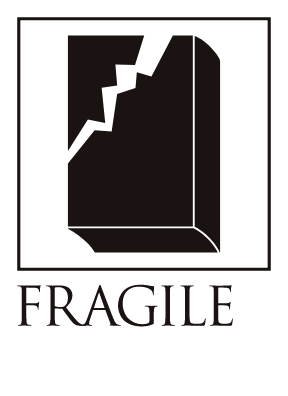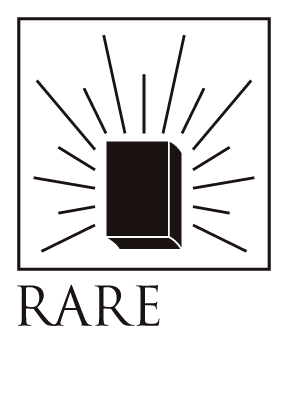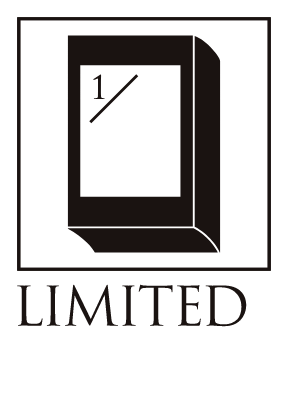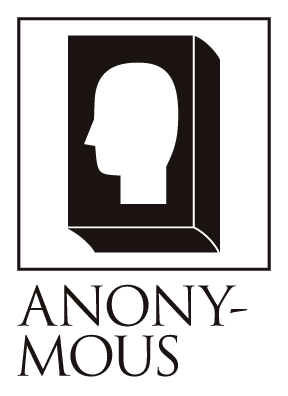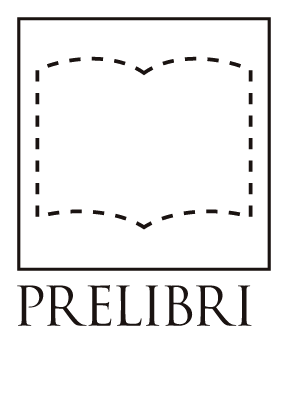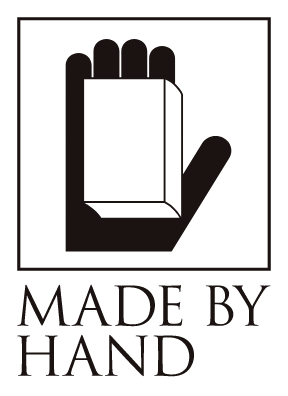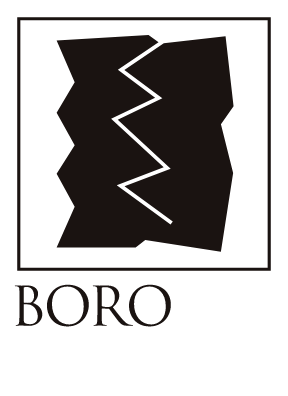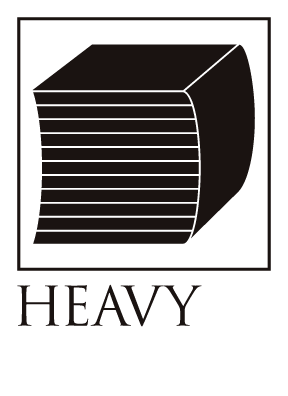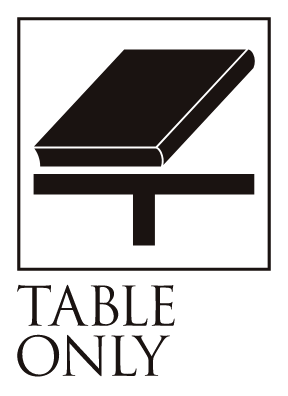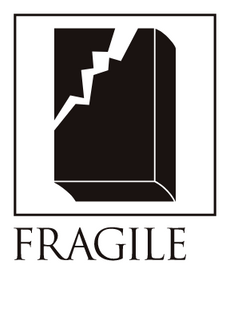One thousand and one second story | Text/Inagaki Ashiho and Book/Akai To (Last Edition)
Bibliographic Details
- Title
- One Thousand and One Second Stories, Last Edition / 一千一秒物語〈ラストエディション〉
- Author
- Taruho Inagaki / 稲垣足穂
- Artist
- Miyako Akai / 赤井都
- Publisher
- Kototsubo / 言壺
- Year
- 2022
- Size
- W71×H75×D33mm
- Language
- Japanese / 日本語
- Binding
- Scroll book / 巻子本
- Printing
- Laser print(text), resin plate printing & drypoint(Illustration) / レーザープリント(文字)、樹脂板印刷+ドライポイント(イラスト)
- Materials
- Leather, Gold leaf, Gampi Paper, LED lights, Coin battery / 革、金箔、雁皮紙、LED電飾、豆電池
- Edition
- Limited & Numbered edition of 10 copies / 10部限定・シリアルナンバー入り
Tarho's Universe
Scroll line by line
A masterpiece of miniature books.
FRAGILE BOOKS values the fragility of the content and the beautiful binding that is born from weakness. It is rare to come across a book that has both, but this book is a masterpiece that beautifully embodies both.
The original book is by Taruho InagakiFirst work"The Thousand and One Second Story" is a famous book that goes without saying in the Fragile community. As he himself said, all of his works are notes on "The Thousand and One Second Story":This is a representative work that condenses Tarho's cosmic nostalgia, and is a "treasure box of futurism" that had never existed in literature until then.Seigo Matsuoka's One Thousand Nights and One Thousand Books) It was.
Since its publication by Kinseido in 1923, it has been published by several publishers in various bindings.The version with the binding by Heikichi Harata published by Todosha was a fragile and beautiful book in every detail, edited and designed by Heikichi Harata, who calls himself a calligraphy designer, for his beloved Tarho. This version by Miyako Akai is also in the same lineage, and shows off a sparkle like the sparks of a match being struck.
Akai Miyako's "Last Edition" contains 10 short stories carefully selected and excerpted from "One Thousand and One Seconds," a series of 68 chapters.
This "1001 Second Story" is so fragile that I feel uncomfortable just showing it to people. I made the paper stronger by piling it up twice, but still...For a momentThere is a chance that it will get wrinkled if you are not careful. Neodymium magnets are small, but they fly through the air. If 99 people who have no need for this book pass by and one person shows interest, that's fine. Then it will be a book that has never existed before. I don't think I can make that many anyway. --Akai Miyako
He prints each sheet of ganpi paper himself, which is said to be the thinnest paper in the world and impossible to print with industrial printing machines at a printing factory, and pastes the two sheets of paper, one for text and one for illustration, with the grain of the paper perpendicular to the paper. Although small, the miniature books that Akai creates are surprisingly easy to read. The reason for this is directly connected to the reason why Akai became a miniature book author.
Having loved reading books since she was a child, Akai naturally began to write her own stories, and gradually began writing novels. She just wanted as many people as possible to read her stories. She submitted her works to many novel competitions, from pure literature to entertainment, and although she passed the preliminary rounds, she did not receive high praise. So she finally decided to start writing her own books in 2002. She worked hard to produce her personal magazines and sell them by hand, but she realized that ordinary books would not be picked up, so she also began to experiment with bookbinding. As she searched for the perfect book format for the stories she wrote, she arrived at the idea of a "small book." This was the moment when Akai Miyako, a miniature book author, was born.
First, there's the content. For Akai-san, the most important thing is the content of the book, and being small is secondary.
The most important thing about a book is the content. Kotobuki creates "books that are readable."
My background is in writing novels, studying architecture, and then moving into the world of bookbinding. My idea is that books are made to be read, assembled three-dimensionally from parts, and made as objects of functional beauty.
I think of a "readable book" from the following four aspects:
1) The contents are interesting and make you want to read them. You want to keep them nearby and read them again and again.
2) The contents and the design of the book match. The story begins the moment you see the book, and the book makes you want to pick it up, open it, and read it. This is something only a paper book can do.
3) The book can be opened and closed properly. Even if it is a small book, it can be opened properly to the beginning, and it can be closed properly again without breaking no matter how many times it is read.
4) To be read over and over again, books need to be durable, so they are made from materials and printing that are durable enough to withstand time even when thin and flexible. This allows the relationship between people and books to mature over time.
---Akai Miyako
It's cute, small, and light, but that alone is not enough to make it into the art of 75mm.readerAfter being recommended "A Story of One Thousand and One Seconds" by my friend, I picked up various versions of the book at libraries and other places, read them over and over again, and this work was the culmination of that.
The Eureka edition of "One Thousand and One Seconds Story" was a satisfying read with a taste of print. It conveyed the mystery of the story and the words. However, I was not satisfied with the fact that the beginning and end of a short story were visible at the same time. It would be better to make this into a miniature book, so that you have to turn the page to see the next words. --Akai Miyako
Akai Miyako has teamed up with FRAGILE BOOKS to create a final edition of the elusive "One Thousand and One Seconds Story," which sold out in 2017. Using the few remaining copies of the highly finished printed paper that was printed in excess in 2017, the set is a random combination of two volumes, while retaining the idea of attaching the scrolls with magnets, and the designs of the drawers, leather mosaic, and gold lines that were previously published. Each volume is approximately 90cm long, making for a satisfying read.<Last Edition>As a new initiative, it comes with LED lights. Please turn off the lights in the room and enjoy the universe of Taruho.
| <Notes> |

©Atsuko Ito (Lasp Inc.)
Miyako Akai
Wanting to turn his own stories into books that fit the stories he wrote, he made his first hardcover miniature book by himself, and in 2006, he won the grand prize at the international miniature book competition held by the Miniature Book Society (based in the United States), becoming the first Japanese person to do so. He won the award again in 2007. After that, he spent 10 years learning traditional Western hand-binding, decor, and book repair and preservation at the Relieur Workshop and other places using regular-sized books. He won the award again in 2016, 2021, and 2022. In 2014 and 2017, he was invited by the Hong Kong Book Art Festival to give a miniature book workshop and a lecture. In 2018, he was invited by The Sharjah International Book Fair (United Arab Emirates) to give a miniature book workshop for children. In 2019, he received the Norman Forgue Award from the Miniature Book Society for his contributions to miniature books. His books include "The ABCs of Miniature Book Making" (Kawade Shobo Shinsha), "Miniature Books as They Are" (Kawade Shobo Shinsha), and "How to Make Fun Miniature Books" (Gakken Publishing). Since 2006, he has held solo exhibitions, group exhibitions, taught workshops, and organized the Miniature Books Gachapon event. He is currently active as a creator and instructor of small artist books, hand-making original stories with bindings that reflect the worldview of the story.
<Related Links>
・Akai Miyako Official Website:word pot
・Miniature Book Association Official Site (English only):Miniature book society
